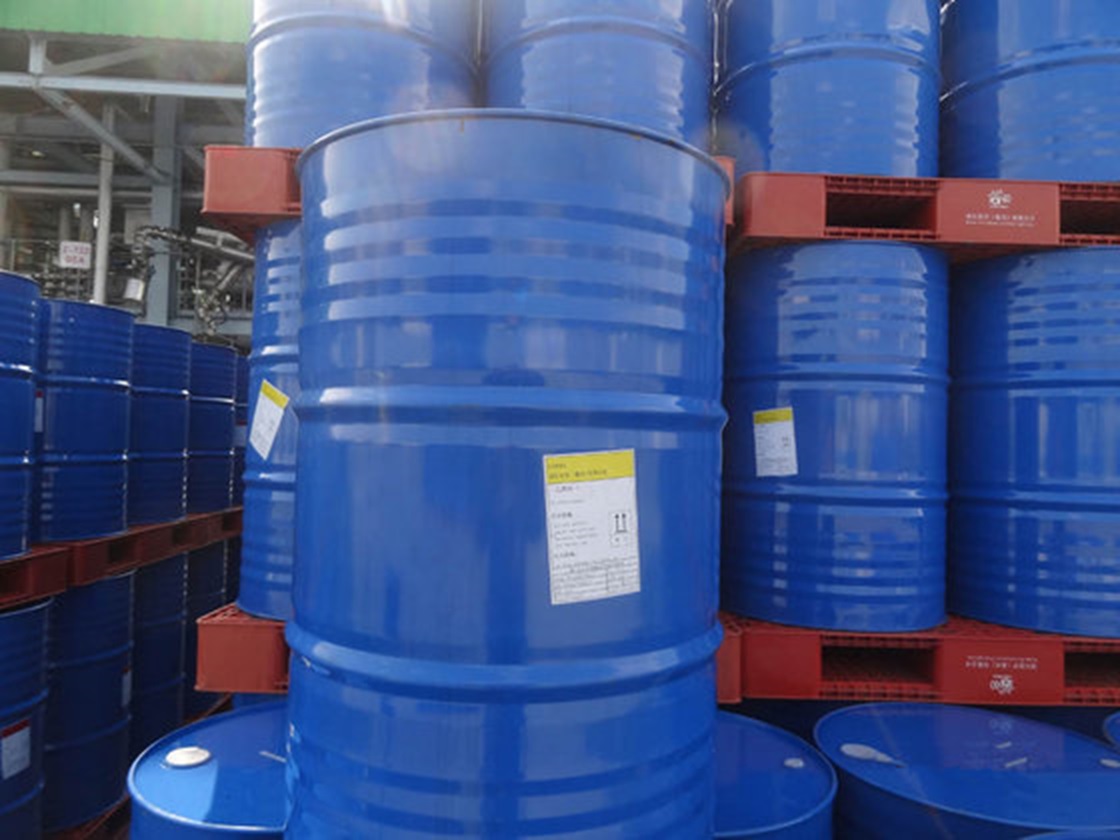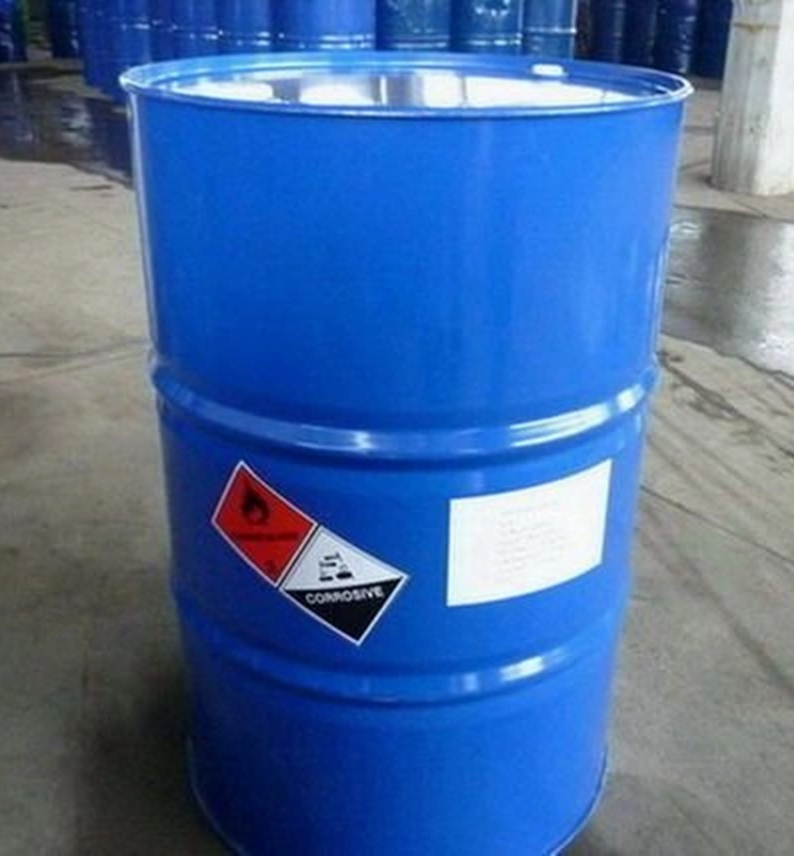We unleash your business potential by maximize the business innovation.
Send EmailTriisopropanolamine, TIPA, Tipa, Super Plasticizer, Isopropanolamine, Concrete, Cement Additive, Mineral Cement Concrete Additive, 122-20-3,
CAS 122-20-3
Physical property: Clear Yellowish
Chemical Formula:
Molecular weight: g/mol
Packaging form: Barrel
It is from the alcohol amine group.
What is Triisopropanolamine (TIPA)?
Triisopropanolamine (TIPA) is a chemical that is an alcohol amine and is used as an auxiliary agent especially in cement production. TIPA is used in the production of concrete and other building materials due to its neutralizing properties. It can also be used as an emulsion stabilizer and lubricant.
TIPA can also be used as an acid caustic. This feature allows it to be used in many industries such as the manufacture of paints and coatings. TIPA can also be used by combining it with other chemicals such as hardeners, preservatives and flocculation agents.
In Which Industries Is Triisopropanolamine (TIPA) Used?
Triisopropanolamine (TIPA) is a chemical compound widely used in various industries. Some of the major industries are:
Chemical Industry: TIPA is a solvent and intermediate used in various chemical reactions. It is also used in detergents, soaps, and cosmetics.
Construction Industry: TIPA is a cement additive used in cement manufacturing. It can help increase the strength of concrete, reduce cement usage, and reduce water usage during cement processing.
Oil and Gas Industry: TIPA is used in gas purification processes in the oil and gas industry. It is also used in petroleum processing processes in oil refineries.
Pharmaceutical Industry: TIPA is also used as an excipient used in some drugs.
Other Industries: TIPA is also used in the paint, ink, adhesive, and agricultural industries.
Apart from these industries, TIPA is also seen to be used in many different industries as a substitute for other solvents and intermediates.
How is Triisopropanolamine (TIPA) Produced?
Triisopropanolamine (TIPA) is an organic compound containing three amine groups derived from propylene. TIPA is produced by amination of propylene oxide. The following steps are a general summary of the TIPA production process:
Propylene oxide and ammonia are combined by heating in a high-pressure reactor.
The reaction product is liquefied by cooling.
The liquid is subjected to separation, one of the process steps required for the production of TIPA. In this step, pure ammonia and a thermally separated liquid are used in the production of TIPA.
The separated liquid is combined with isopropanol, which causes the formation of TIPA.
After TIPA production is completed, the product is purified by passing through various stages.
TIPA production is a very complex process and has many applications in the industry.
Triisopropanolamine (TIPOA) is an aminoalcohol and belongs to the group of alkanolamines.
It is a versatile chemical that is used in a variety of applications.
Coatings Triisopropanolamine (TIPOA) serves as a dispersing agent for paints and pigments such as titanium dioxide.
Additionally, it finds application as a neutralizing agent in water-borne coatings. It also acts as a cross-linker in special niche water-based coatings. Construction TIPOA is used as a grinding and dispersion aid in cement production, especially for high-quality types of cement. Other TIPOA is used in the production of cutting oils and PU catalysts.



